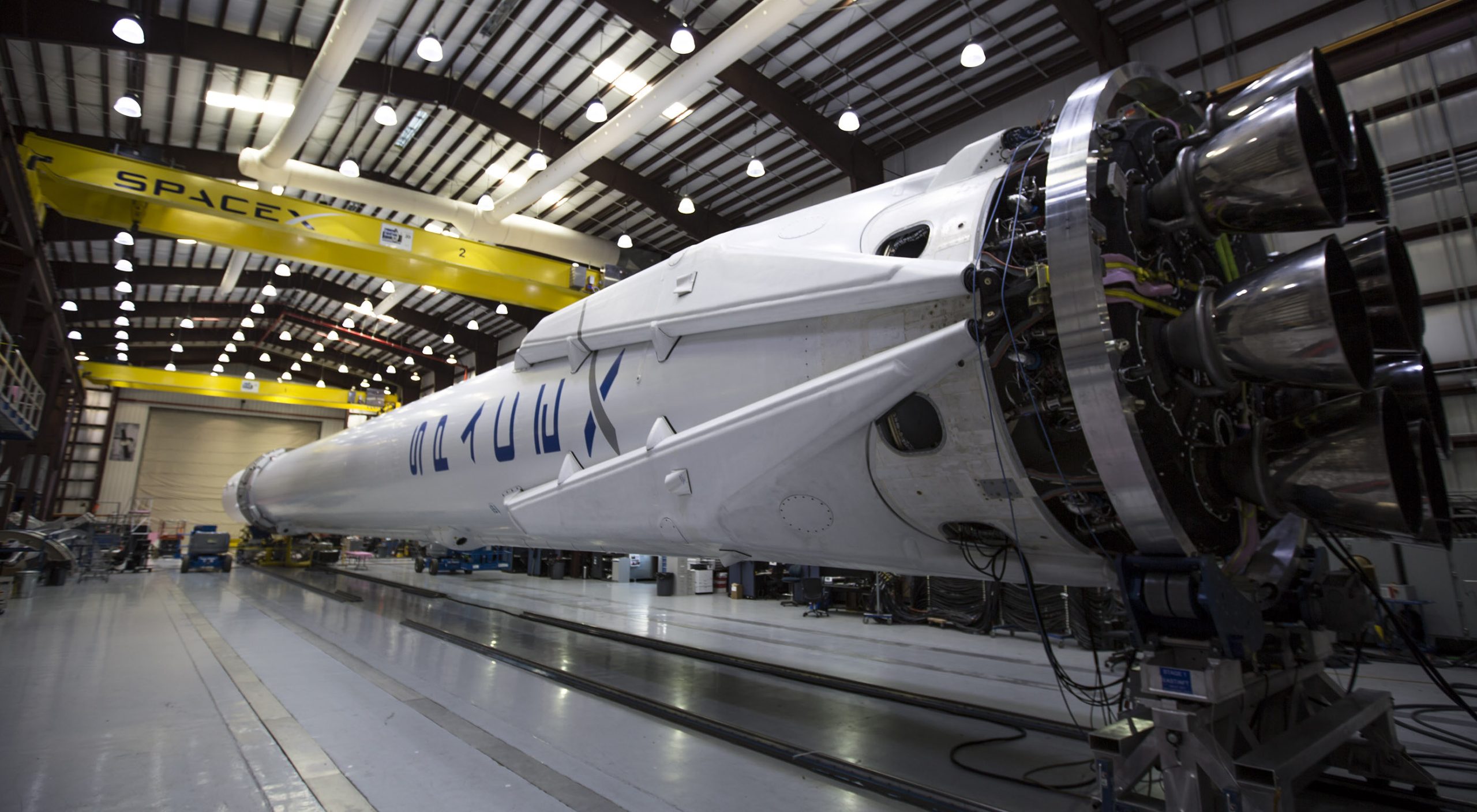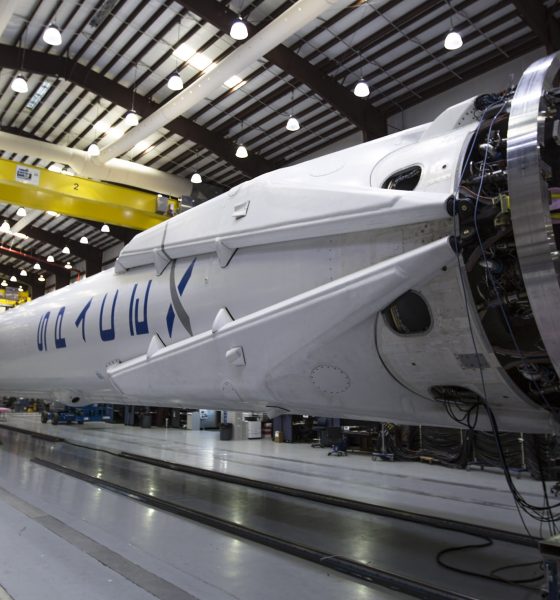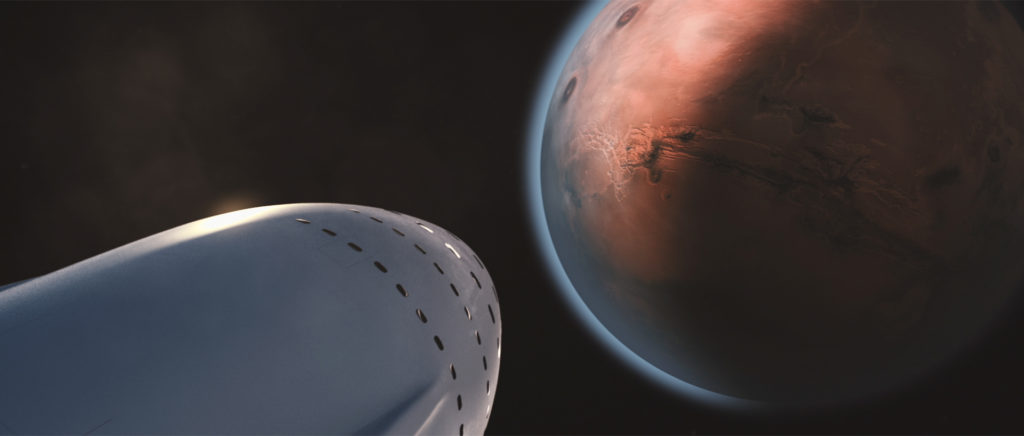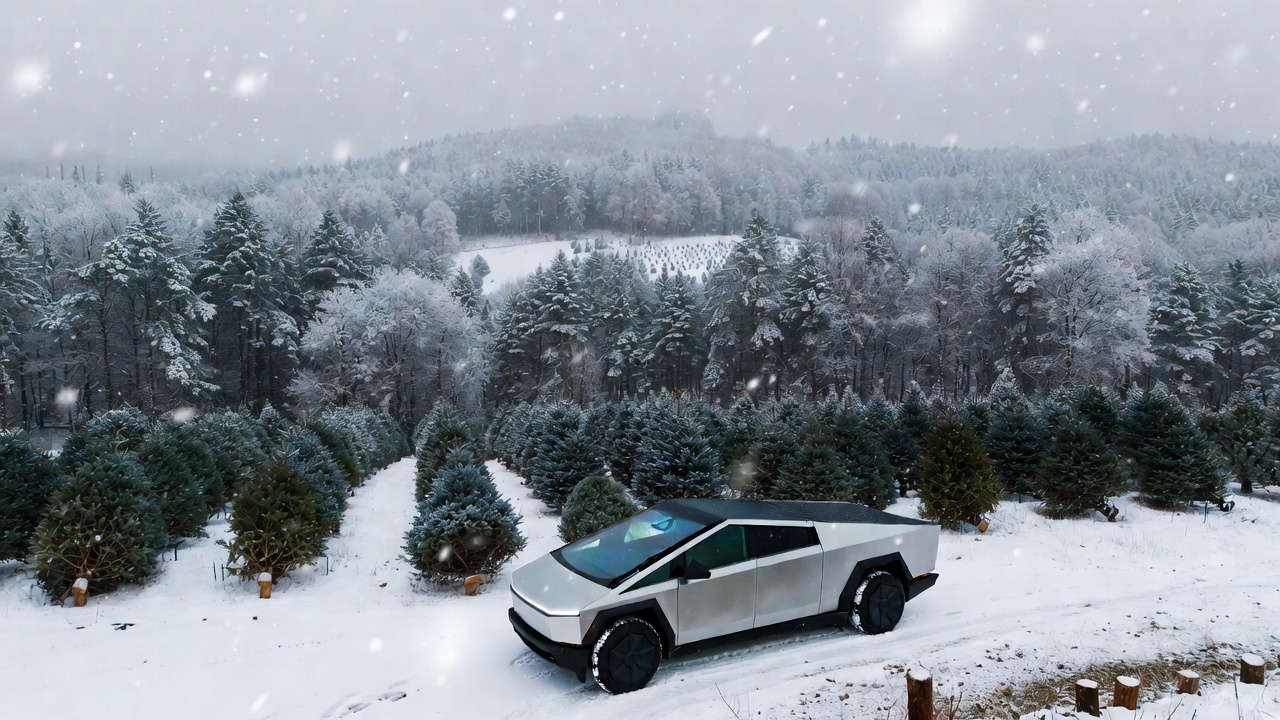

News
SpaceX’s internet satellites have an official name: Starlink
The satellite constellation may also compete with Earth imaging companies and include scientific instruments
Trademark filings have been unearthed by members of the SpaceX subreddit that suggest that the company’s satellite internet constellation will be named Starlink. Previously discussed on Teslarati, recent developments during the process of attaining regulatory permissions could pose a major hurdle for SpaceX’s broadband constellation. Implications of FCC filings aside, SpaceX may still launch its first test satellites later this year. The company has dozens of job openings under “Satellite Development” in the states of Washington and California as of September 18.
The trademark filings, which can be found through the U.S. Patent Office’s Trademark Electronic Search
System (TESS), also hint that SpaceX may expand the potential uses of their satellite constellation into markets for scientific data and persistent Earth imaging. The last several years have seen a meteoric rise in demand for Earth imaging services from the likes of Digital Globe, Planet Labs (which now owns Terra Bella), BlackSky, Urthecast (which acquired Deimos Imaging), and many others. Other companies like Spire hope to capitalize on the benefits of smaller satellites in order to revolutionize weather data and forecasting, as well as global aircraft and boat tracking.
Even if SpaceX ultimately chose to include imaging hardware and scientific instruments on a fraction of the 4,425 satellites intended to comprise their preliminary LEO constellation, the unique nature and sheer scale of SpaceX’s satellite mesh network would make it difficult to compete with. In fact, the mesh network itself could also become a sought-after product for third-party companies, if SpaceX chose to allow access to it.
SpaceX’s broadband constellation has long been expected to utilize optical (laser-based) inter-satellite communications to form a “mesh network” in orbit. Aside from morphing each individual satellite into a flexible communications node, the very existence of an orbital, ground-connected network of thousands of satellites could open the utility of easy space-to-ground communication to any customers willing and able to pay for access. Ground stations often become a primary concern and issue for companies engaged in developing satellite communications, with a vast sea of often unique regulations that must be dealt with. SpaceX’s goal is to provide access to its broadband constellation with nothing more than a pizza-box sized antenna placed on the customer’s roof, a far cry from the large, expensive, and heavily-regulated radio antenna installations that companies like Planet Labs use to serve their customers.

SpaceX’s BFS (“Big Falcon Spaceship”) will require a stable communications network to maintain contact with Earth.(SpaceX)
Farther in the future, a thoroughly-tested orbital platform for communications, ground imagery, and scientific observations could and likely will prove invaluable for SpaceX’s ultimate goal of creating and supporting a permanent human presence on Mars. As of late, NASA has been playing fast and loose with the long-term maintenance of its planetary exploration infrastructure, particularly regarding the future of Earth-Mars communications. Between ESA, China, NASA, and Russia, multiple new Martian landers and orbiters are expected to arrive at the Red Planet over the next decade, and the large amount of data produced by the Curiosity and Opportunity rovers, as well as Mars orbiters, strains the communications infrastructure used for transmitting data back to Earth.
By developing and administrating a communications network between Mars and Earth, SpaceX could gain deep spaceflight experience, allow NASA to more directly focus on science and planetary exploration, and also facilitate the construction of an interplanetary communications foundation SpaceX will need if it hopes to develop a human presence on Mars. In fact, Musk briefly revealed that SpaceX was working with NASA on “Mars communications” at the ISS R&D Conference earlier this year.
Regardless of its potential uses around Mars, SpaceX’s Starlink broadband satellite constellation could revolutionize internet access on Earth and provide SpaceX the resources it needs to develop Mars colonization hardware. Details about the satellite constellation will likely be provided when Elon Musk speaks at this year’s International Astronautical Congress.

Elon Musk
Starlink passes 9 million active customers just weeks after hitting 8 million
The milestone highlights the accelerating growth of Starlink, which has now been adding over 20,000 new users per day.

SpaceX’s Starlink satellite internet service has continued its rapid global expansion, surpassing 9 million active customers just weeks after crossing the 8 million mark.
The milestone highlights the accelerating growth of Starlink, which has now been adding over 20,000 new users per day.
9 million customers
In a post on X, SpaceX stated that Starlink now serves over 9 million active users across 155 countries, territories, and markets. The company reached 8 million customers in early November, meaning it added roughly 1 million subscribers in under seven weeks, or about 21,275 new users on average per day.
“Starlink is connecting more than 9M active customers with high-speed internet across 155 countries, territories, and many other markets,” Starlink wrote in a post on its official X account. SpaceX President Gwynne Shotwell also celebrated the milestone on X. “A huge thank you to all of our customers and congrats to the Starlink team for such an incredible product,” she wrote.
That growth rate reflects both rising demand for broadband in underserved regions and Starlink’s expanding satellite constellation, which now includes more than 9,000 low-Earth-orbit satellites designed to deliver high-speed, low-latency internet worldwide.
Starlink’s momentum
Starlink’s momentum has been building up. SpaceX reported 4.6 million Starlink customers in December 2024, followed by 7 million by August 2025, and 8 million customers in November. Independent data also suggests Starlink usage is rising sharply, with Cloudflare reporting that global web traffic from Starlink users more than doubled in 2025, as noted in an Insider report.
Starlink’s momentum is increasingly tied to SpaceX’s broader financial outlook. Elon Musk has said the satellite network is “by far” the company’s largest revenue driver, and reports suggest SpaceX may be positioning itself for an initial public offering as soon as next year, with valuations estimated as high as $1.5 trillion. Musk has also suggested in the past that Starlink could have its own IPO in the future.
News
NVIDIA Director of Robotics: Tesla FSD v14 is the first AI to pass the “Physical Turing Test”
After testing FSD v14, Fan stated that his experience with FSD felt magical at first, but it soon started to feel like a routine.

NVIDIA Director of Robotics Jim Fan has praised Tesla’s Full Self-Driving (Supervised) v14 as the first AI to pass what he described as a “Physical Turing Test.”
After testing FSD v14, Fan stated that his experience with FSD felt magical at first, but it soon started to feel like a routine. And just like smartphones today, removing it now would “actively hurt.”
Jim Fan’s hands-on FSD v14 impressions
Fan, a leading researcher in embodied AI who is currently solving Physical AI at NVIDIA and spearheading the company’s Project GR00T initiative, noted that he actually was late to the Tesla game. He was, however, one of the first to try out FSD v14.
“I was very late to own a Tesla but among the earliest to try out FSD v14. It’s perhaps the first time I experience an AI that passes the Physical Turing Test: after a long day at work, you press a button, lay back, and couldn’t tell if a neural net or a human drove you home,” Fan wrote in a post on X.
Fan added: “Despite knowing exactly how robot learning works, I still find it magical watching the steering wheel turn by itself. First it feels surreal, next it becomes routine. Then, like the smartphone, taking it away actively hurts. This is how humanity gets rewired and glued to god-like technologies.”
The Physical Turing Test
The original Turing Test was conceived by Alan Turing in 1950, and it was aimed at determining if a machine could exhibit behavior that is equivalent to or indistinguishable from a human. By focusing on text-based conversations, the original Turing Test set a high bar for natural language processing and machine learning.
This test has been passed by today’s large language models. However, the capability to converse in a humanlike manner is a completely different challenge from performing real-world problem-solving or physical interactions. Thus, Fan introduced the Physical Turing Test, which challenges AI systems to demonstrate intelligence through physical actions.
Based on Fan’s comments, Tesla has demonstrated these intelligent physical actions with FSD v14. Elon Musk agreed with the NVIDIA executive, stating in a post on X that with FSD v14, “you can sense the sentience maturing.” Musk also praised Tesla AI, calling it the best “real-world AI” today.
News
Tesla AI team burns the Christmas midnight oil by releasing FSD v14.2.2.1
The update was released just a day after FSD v14.2.2 started rolling out to customers.

Tesla is burning the midnight oil this Christmas, with the Tesla AI team quietly rolling out Full Self-Driving (Supervised) v14.2.2.1 just a day after FSD v14.2.2 started rolling out to customers.
Tesla owner shares insights on FSD v14.2.2.1
Longtime Tesla owner and FSD tester @BLKMDL3 shared some insights following several drives with FSD v14.2.2.1 in rainy Los Angeles conditions with standing water and faded lane lines. He reported zero steering hesitation or stutter, confident lane changes, and maneuvers executed with precision that evoked the performance of Tesla’s driverless Robotaxis in Austin.
Parking performance impressed, with most spots nailed perfectly, including tight, sharp turns, in single attempts without shaky steering. One minor offset happened only due to another vehicle that was parked over the line, which FSD accommodated by a few extra inches. In rain that typically erases road markings, FSD visualized lanes and turn lines better than humans, positioning itself flawlessly when entering new streets as well.
“Took it up a dark, wet, and twisty canyon road up and down the hill tonight and it went very well as to be expected. Stayed centered in the lane, kept speed well and gives a confidence inspiring steering feel where it handles these curvy roads better than the majority of human drivers,” the Tesla owner wrote in a post on X.
Tesla’s FSD v14.2.2 update
Just a day before FSD v14.2.2.1’s release, Tesla rolled out FSD v14.2.2, which was focused on smoother real-world performance, better obstacle awareness, and precise end-of-trip routing. According to the update’s release notes, FSD v14.2.2 upgrades the vision encoder neural network with higher resolution features, enhancing detection of emergency vehicles, road obstacles, and human gestures.
New Arrival Options also allowed users to select preferred drop-off styles, such as Parking Lot, Street, Driveway, Parking Garage, or Curbside, with the navigation pin automatically adjusting to the ideal spot. Other refinements include pulling over for emergency vehicles, real-time vision-based detours for blocked roads, improved gate and debris handling, and Speed Profiles for customized driving styles.









